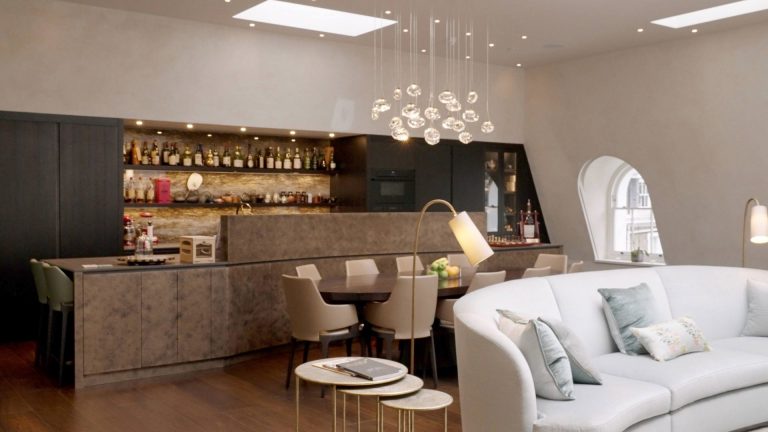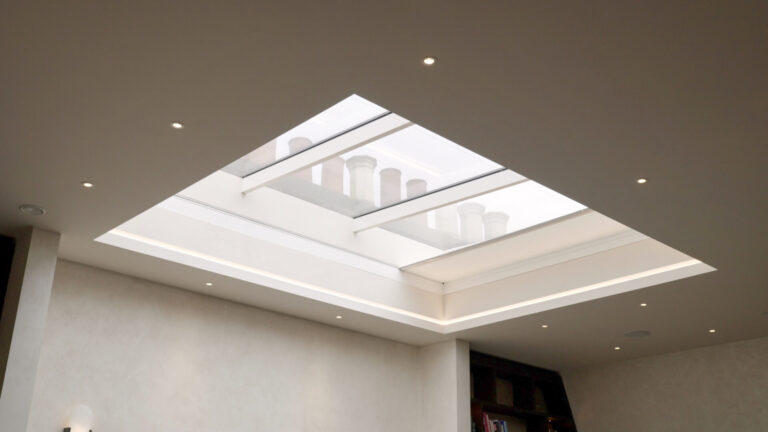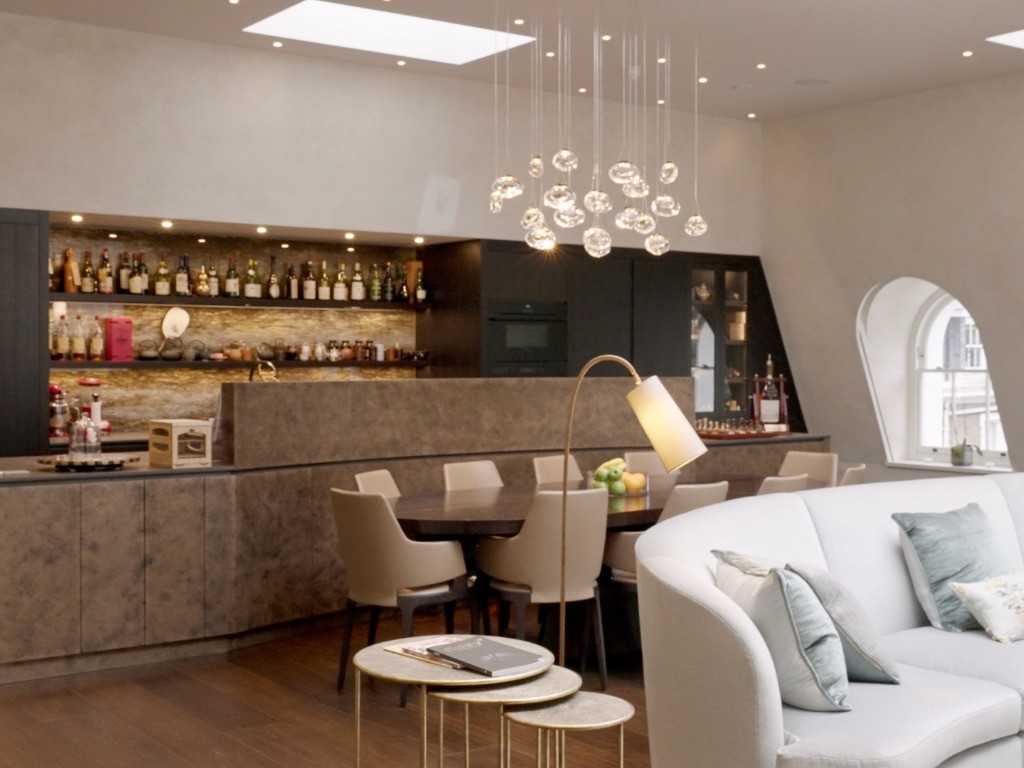The Importance of Design
When it comes to smart technology integration, the initial design process is of paramount importance. Ensuring a complete and thorough initial design stage is key to avoiding issues relating to the physical installation of the technology, as well as building a relationship of trust with the client so they feel confident we are capturing their exact vision and that we will deliver their requests on time to the expected standard and within budget. Providing such a thorough preliminarily stage means the client can spend a small amount of money on having the proposal planned in detail before financially committing to the full project.
In any project whether related to smart technology or not, things sometimes go wrong, and it would be safe to assume that often these issues could have been avoided with a more thorough design process. In the context of technology integration, this could be when the contractor begins work on-site, only to discover that there is not enough or the wrong type of cabling to make the home system work. Not only does this delay the project delivery, but it may also increase costs for the client as new/additional cabling will need to be installed – a factor that was not budgeted for in the initial stages. With a meticulous design stage, issues like this would have been flagged up and solved before anyone set foot on site, avoiding wasted time and money. This exemplifies how an assiduous design stage before launching into a project can eliminate any kinks.

At this stage, liv. can be thought of as a consultancy resource. In this way, we produce a specification of the design before any implementation, allowing us to prove ourselves, resulting in the best result possible. Proving ourselves means creating trust with the client, and any other partners in the project such as the interior design team. By ‘stepping-in’ (referring to getting under the skin of a project before construction begins) means the client can spend a smaller sum of money to begin with, without committing to the full project. Budgets can be accurately devised during the design process. There is little more frustrating for a client than when a project is either delayed or over budget. By carrying out an exhaustive initial design process, a more accurate quotation can be provided for the client to ensure we deliver their requirements to the correct standard within the budget.
A particularly good example of our design process was in the award-winning London penthouse we completed in 2020. Before we were even signed up for the delivery of the project, there was a long process of consultation. Discussions ranged from exactly what technology was required, to the brands that would suit the client, interior and budget. It also encompassed talks with the interior designers and construction team, as to how we could integrate our technology that still flowed with their vision with the property – in this case, the specification was for a peaceful, wabi-sabi and Japanese inspired interior. This was crucial for liv. to consider because we needed to make sure the technology was as invisible as possible to ensure it did not interrupt the zen atmosphere that the interior designers were creating. Had this consultation process not been so thorough, it could have resulted in choosing brands or specific installations that may have met the clients’ requirements in some areas but been antithetical to the interior design vision, therefore, delaying the whole process. This project was completed on time and within the budget agreed upon in this initial design stage, meaning there were no unpleasant surprises for all members of the project at any stage.

As well as issues of budget, the physical property and building trust with the client, this stage also allows us to brainstorm ideas for, and with, the client for technology integrations that they may not have previously considered. We aim to create designs, and final installations, that suit the way they live, how they want their business space to function and how they would like their yacht to entertain and maximise their luxury experience onboard. The design stage allows us to take into consideration all aspects of the space and clients vision and purpose, to suggest other smart integrations that we might see as compliments to the technology that has already been requested, or to suggest new products that we have previewed before their media release. The importance of design is ultimately about minimising delays, providing an accurate and realistic budget and helping the client to realise their vision while elevating it with our expertise.
Next on the blog: Energy efficiency - how can smart technology make your space more cost-effective to run?

